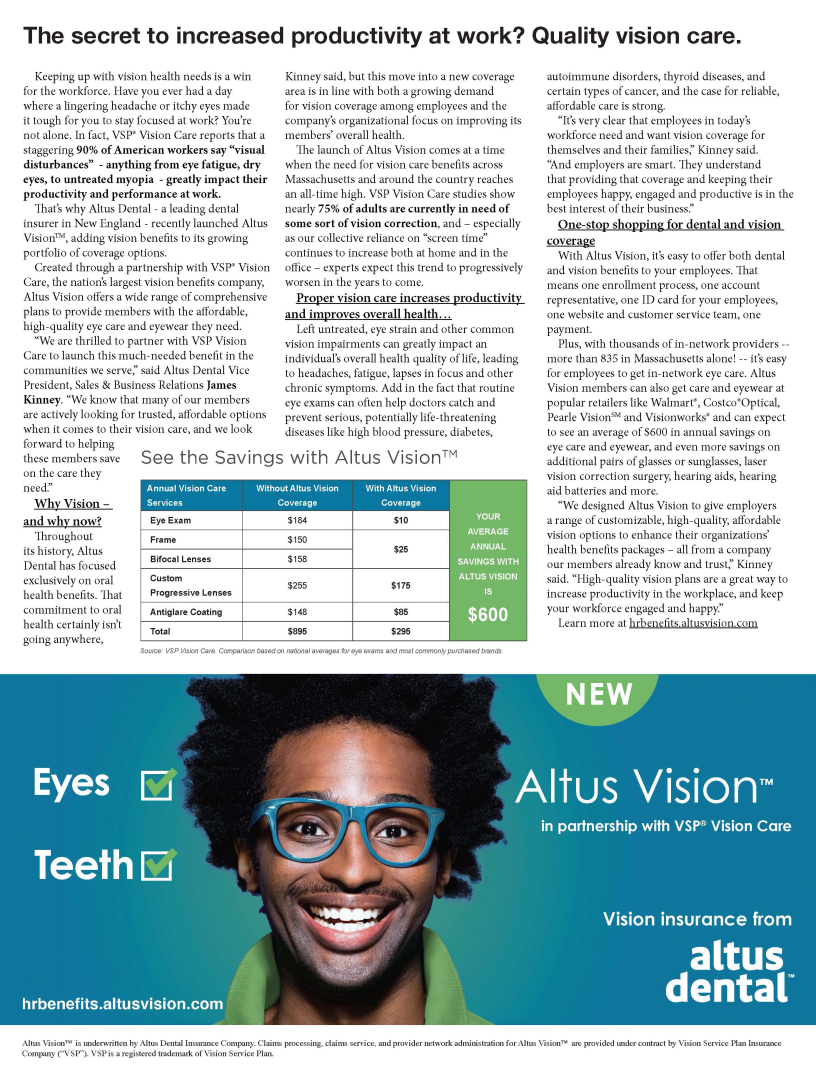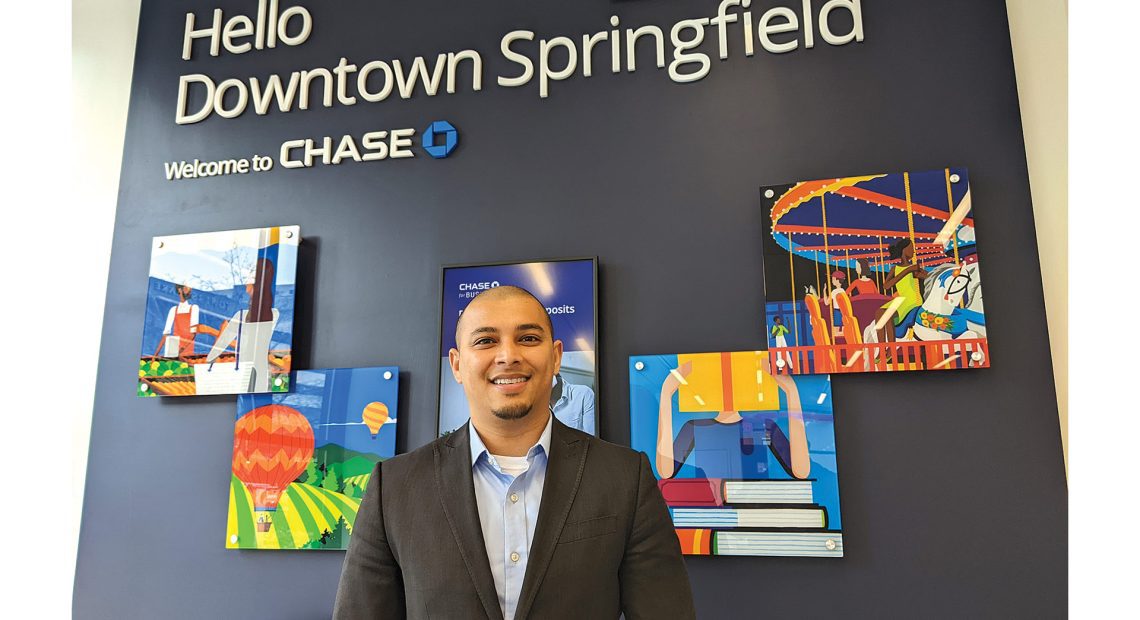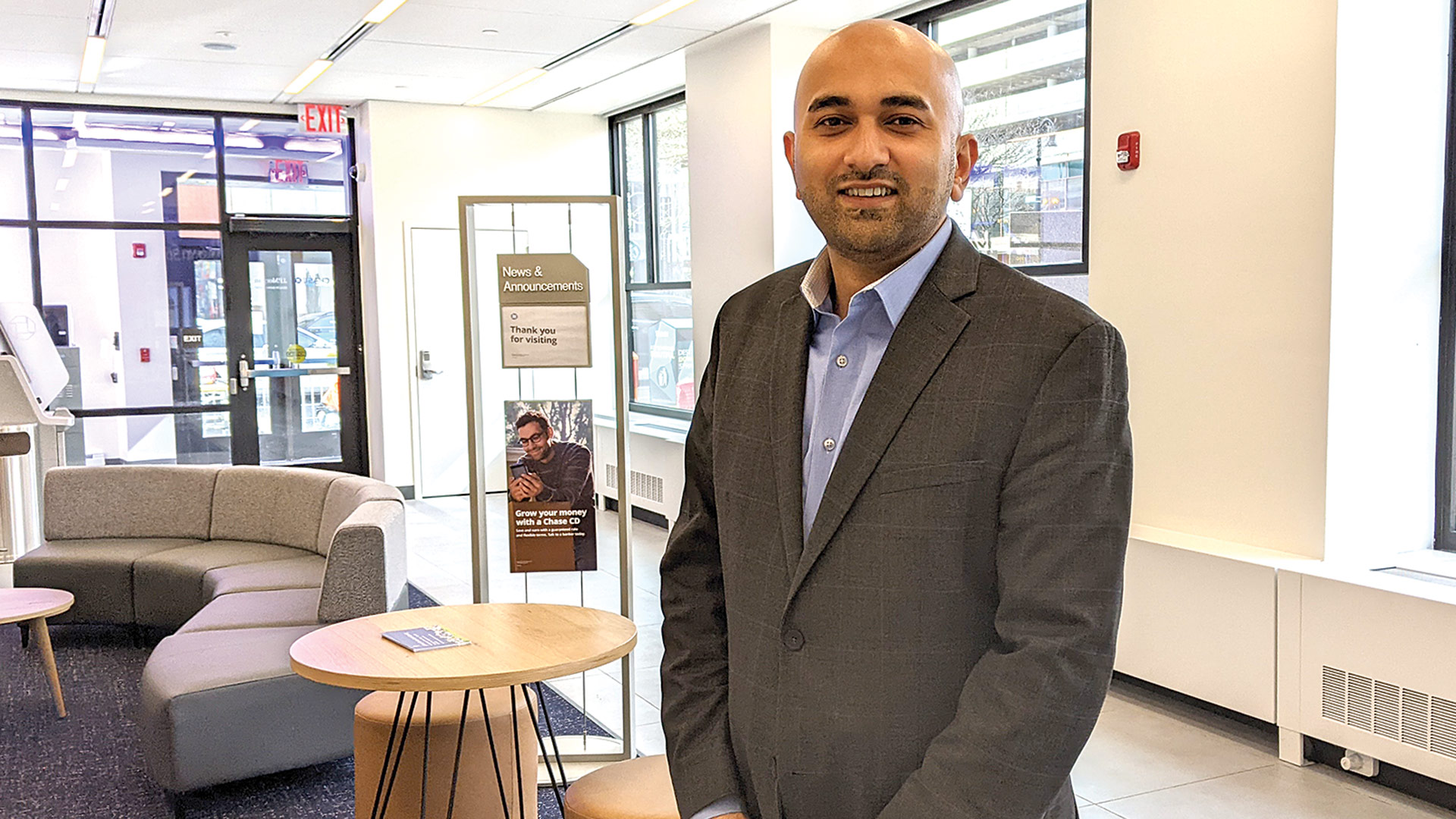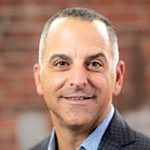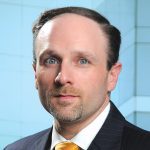SPRINGFIELD — O’Reilly, Talbot & Okun (OTO) recently announced nine staff additions and promotions: Jonathan Hermanson, Lori McCarthy, Caren Irgang, Lily Elkhay, Kaitlyn Sistare, Pierre Carriere, Elise Zalenski, Toby Simmons, and Christine Arruda.
Hermanson earned his bachelor’s degree in chemistry and environmental science. Before moving to Massachusetts, he worked in environmental consulting for five years in Kansas City. As an environmental scientist at OTO, he helps the team with Massachusetts Contingency Plan work and risk characterization, as well as environmental compliance. He also assists the asbestos and industrial hygiene team. Some of his latest achievements while at OTO are becoming a radon measurement professional and a certified hazardous materials manager.
McCarthy earned her bachelor’s degree in biochemistry. This degree taught her how releases of hazardous chemicals to the environment can have negative health effects to humans and animals nearby. She then went on to study a second degree in environmental sciences. With more than 20 years of experience in her field, she has worked on sites across New England, finding solutions to remediate the releases of oil and hazardous materials. At OTO, McCarthy was most recently promoted to associate and is the team leader for the environmental sector.
Irgang earned her bachelor’s degree in civil engineering at Rensselaer Polytechnic Institute and then went on to earn her master’s degree in civil engineering at Manhattan College. Irgang has experience in structural engineering from building and bridge engineering in New York City and performing construction inspections. Joining OTO as a Level II engineer, Irgang is performing geotechnical investigations and design and field oversight. She continues to utilize her structural engineering skills and provides an added perspective to our geotechnical projects.
Elkhay is earning her bachelor’s degree in marketing at UMass Amherst and brings her experience from her previous internship. As the marketing intern, Elkhay has posted on OTO’s social-media pages, created ads, and performed any other as needed marketing tasks.
Sistare is a 2022 graduate from Western New England University (WNE), earning her bachelor’s degree in civil engineering with an environmental engineering concentration. At WNE, she and her team’s senior project placed first in the civil engineering department. She primarily works with the geotechnical group at OTO as a Level I engineer, but also assists the environment group.
Carriere graduated from WNE in 2022 with a bachelor’s degree in civil engineering. During his studies, he gained experience in many areas, including surveying, technical writing, CAD, soil and materials testing, and collaboration skills. Joining OTO as a Level I engineer, he has become heavily involved in field work and working on site, as well as working on proposals, reports, and site plans in the office.
Zalenski earned her MBA in 2010 and has spent the last nine years developing her skills in office management, HR, IT, and bookkeeping. She has worked in residential and light commercial water treatment, which provided experience in site evaluations, water testing, treatment design, and reviewing EPA, DEP, and local board of health regulations and practices. As OTO’s office manager and executive assistant, she will be managing the day-to-day needs of the staff that may arise in the areas of IT, telephones, general building or parking issues, and scheduling events and vacations, along with providing support for OTO’s president, Ashley Sullivan.
Simmons has brought her 20 years of field-technician experience to OTO. As an environmental technician, she has taken on many field duties to make sure the job is done safely and efficiently.
Arruda has been with OTO for more than 25 years and has been part of the internal leadership transition taking place since 2020. As a result, she was promoted to associate this past year and serves on the company’s operations committee. With more than 20 years of experience as a both a certified indoor environmental consultant and Environmental Protection Agency-accredited and Massachusetts-licensed asbestos inspector, she manages and works on numerous types of indoor environmental issues, including asbestos, radon, HVAC, chemicals, and microbial contamination. She also is an National Radon Proficiency Program-certified radon-measurement professional who can perform single, multi-family, large-building, school-building, and water-radon-measurement services.




